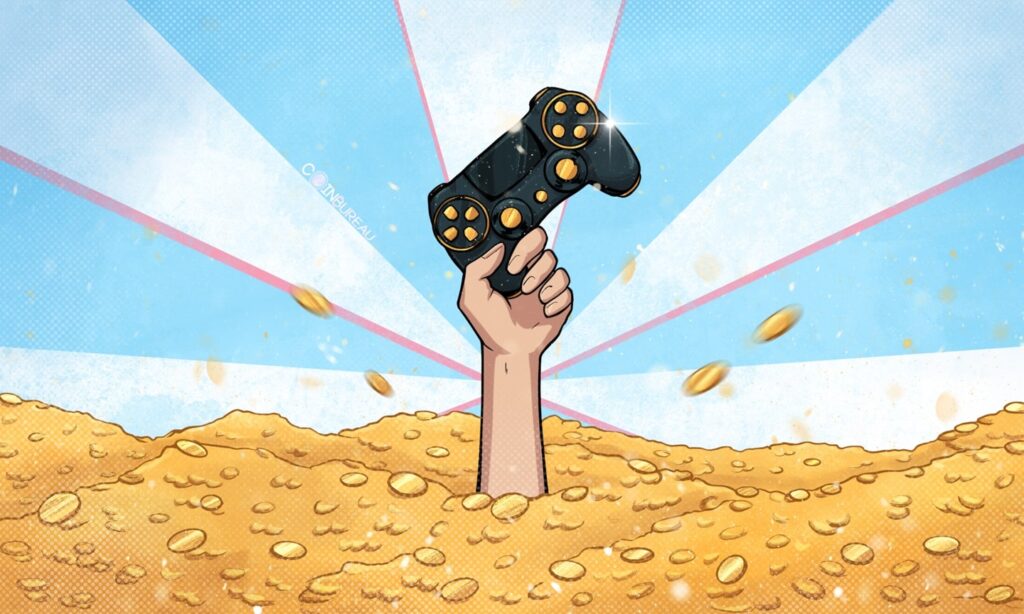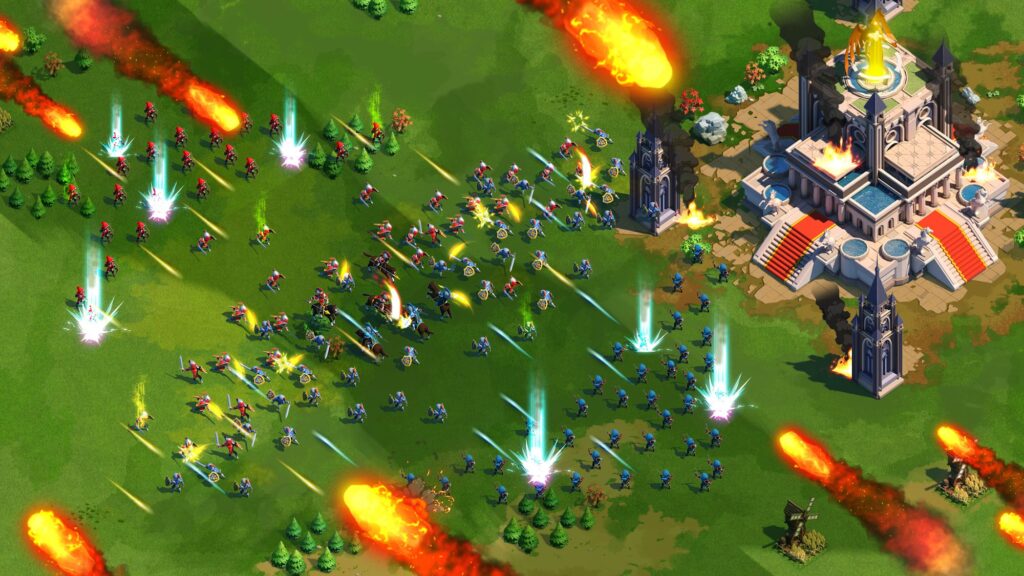Every new concept has to face its measure of opposition and the opposition from different quarters. It is not different for play-to-earn games at all. Ordinarily, people downplay whatever they don’t understand. They may claim that you don’t have enough reasons to believe in it, but the real issue is that are there reasons to disprove it other than it is new?
In some cases, the facts are even laid bare, yet, people choose to do otherwise. For instance, millions of game players worldwide make money from this P2E model. Today, there are many misunderstandings, misconceptions, and myths surrounding blockchain technology and its associated items like play to earn gaming and NFTs.
Below are the top four myths that we need to unlock to educate game lovers about what they can gain from play-to-earn games.
Myth 1: Play-to-Earn games are harmful to the environment
You are right there if you are looking for the loudest myth about play to earn gaming. It is still amazing how people believed this myth that running play-to-earn games. Perhaps this myth sprung from the first two blockchain cryptocurrencies: bitcoin and Ethereum. These two platforms were running with proof-of-work protocols, and it required a tremendous amount of energy. And by implication, they were termed to be harmful to the environment.
However, that is no longer the case with the latest blockchain technology, as we now have several other blockchain activities that are not based on this system. The previous system now only represents a small fraction of the total blockchain activity. You can also trust that the creation of NFT by game developers cannot depend on unreliable data. In other words, the new blockchain activity now happens on the newer chains.
Furthermore, we are banking on evidence of the proof-of-stake protocol as a more energy-efficient method. To put these facts into a better perspective, we can consider many transactions currently taking place on blockchain technology. One shocking discovery is that Ethereum only accounts for less than 1% of the total. Therefore, you can be confident that energy consumption cannot put your investment at risk.

Myth 2: Play-to-earn NFT Games are scams
Blockchain technology is an excellent platform for storing, communicating, and processing information safely without any risky medium. You can think of it as an end-to-end server, unlike the other means of communications technology that require mediums. For instance, if you have the internet, telephone, email, TV, and mail service, anyone can come in between that communication or transaction and interfere with it.
However, such third-party interference is removed from blockchain technology items. Any item on the blockchain is secure from end to end. For instance, you can secure a digital form of art as a digitized NFT, and when you do, only you have access to and identity of it. Also, the play-to-earn monetization process may mean that the game player can hold the digital asset in place for a relatively long time.
Myth 3: It is easier to create natural money trading systems than Crypto trading systems
Generally, myths are formed from a lack of information or incomplete information. Such is the case of this myth. The fact that actual money trading has been around for a great while over centuries does not make them better than crypto trading. Moreover, anyone who understands the elements of implementing technical skills into the blockchain system can secure. The effects of policies and exchanges are at fault for the conventional way of trading fiat currency.
The legal and regulatory issues surrounding regular trading systems make them tough to crack. This need inspired a system that can facilitate exchange without having third parties. This new system also requires special licenses and assurance at the KYC levels. Others may include anti-money laundering and tax reporting. Meanwhile, when players own the in-game assets, they can trade or sell them for cryptocurrency. They may even decide to keep them; it’s their property.
Blockchain technology, coupled with NFTs, allows players to take away digital assets to sell on marketplaces. In many cases, the marketplaces are third-party-driven, while others are in-game platforms. This system also results in the game developer or publisher no longer seeing as the transaction facilitator. But now, the shift of the burden and responsibility to the marketplace operator also aligns with different requirements and core functions.

Myth 4: P2E Games are only played by gamers who want to make money
The prevalent stories about play-to-earn games as a means of more income are real. But that is not the only reason you should consider them; they can also serve more purposes. This myth or misconception started because of the way the NFT games became popular during the lockdown. Game players from the Philippines, Venezuela, India, and Brazil started earning their living quickly from Axie Infinity due to the pandemic.
However, when the lockdown was over, and things returned to normal, people had more reason beyond the earning part. For instance, people can now think of play-to-earn games as an investment opportunity and a social community platform. Some people are tempted to think that why would anyone play NFT games if not to make money? But in reality, the play-to-earn games that have existed for decades can become a treasured space for many assets.
All the activities that have resulted in a reward for players have been consistent with these games for many years. Therefore, the new economy depends on the transactions between sellers and buyers. The sellers may have farmed these digital assets just as part of the game. The digital assets may also be in the form of skins, characters, weapons, monsters, and other things.
Conclusion
On a final note, the play-to-earn games’ existence over the years suggested that the myths and beliefs above are wrong. On the other hand, anyone thinking of investing in these games must begin to see them positively to make profits.










